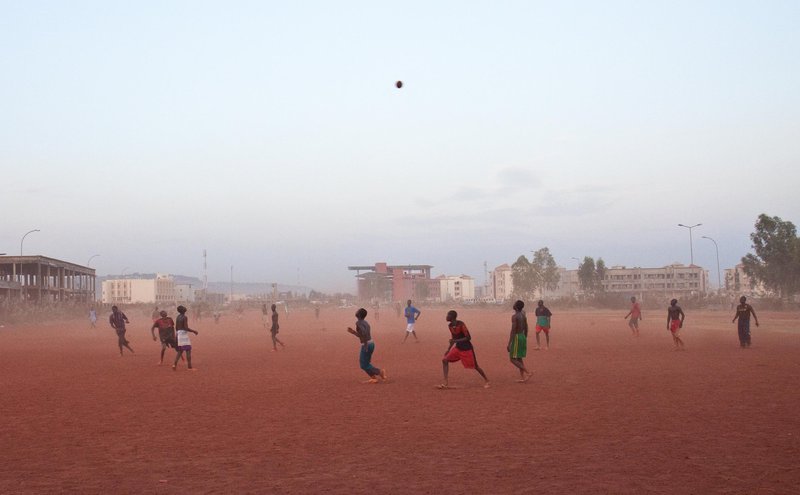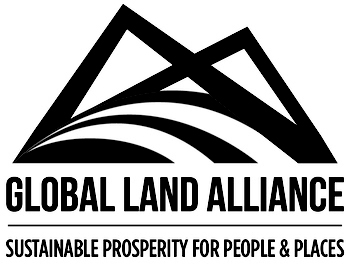
Africa faced intensified development challenges in 2022, with a mixed outlook for the decade to come. The COVID-19 pandemic and its global economic consequences, followed by the Ukraine War, have plunged some areas of the continent into crisis and intensified development challenges across many others. This is creating widespread concern for social welfare in Africa in 2022.
In several countries, these shocks have exacerbated vulnerabilities to food insecurity and poverty, inadequate shelter and services, environmental degradation, conflict and weak governance. A rapidly expanding population of young people is further raising demands and expectations for stable livelihoods, political representation and environmental services.
At the same time, the consequences of global climate change – most significantly in the African context, rising temperatures, shorter rainy seasons and more variable weather events – are having increasing negative impacts on the continent.
This report spotlights the critical role of secure land rights in addressing six key development challenges facing the sub-Saharan Africa in 2022:
- Poverty and food security;
- Population growth, and the ‘youth bulge';
- Urban expansion and peri-urban informality;
- Deforestation and degradation of critical environmental services;
- Governance and conflict;
- Women’s rights.
The French-language version of this publication is available here.
Photo by Mary Newcombe via Flickr.



